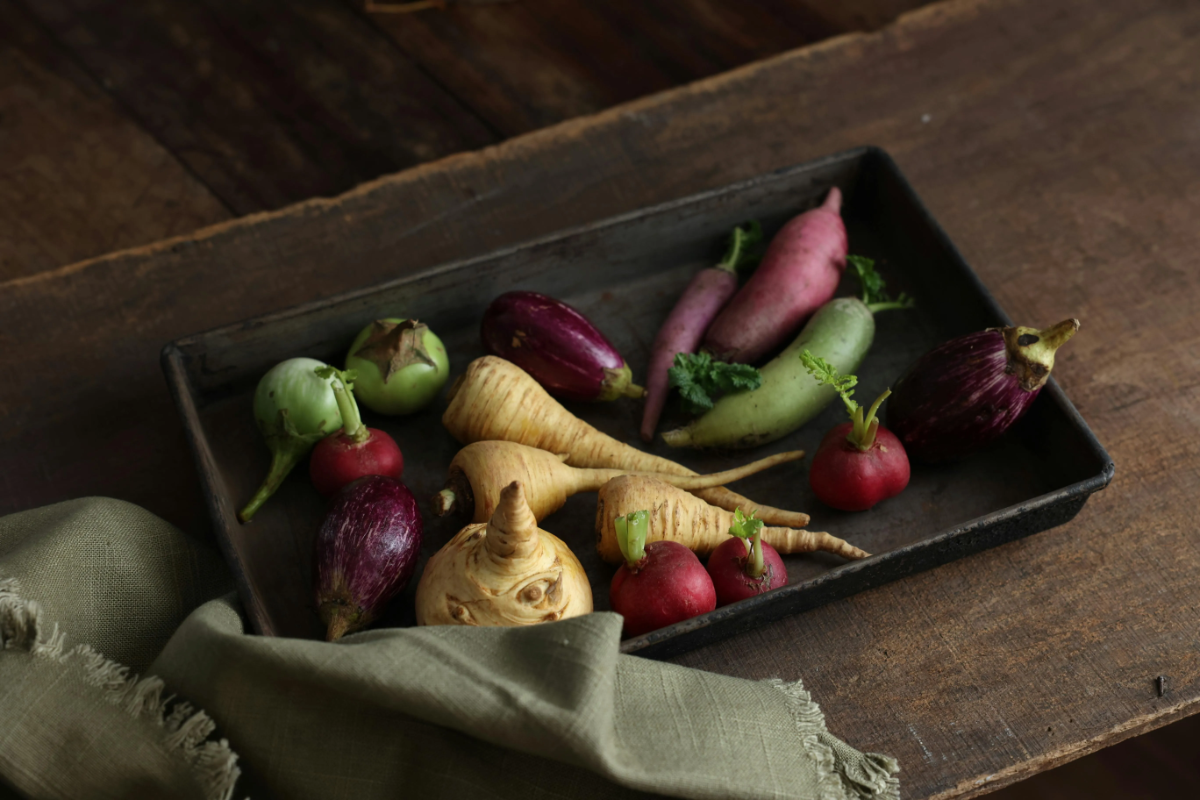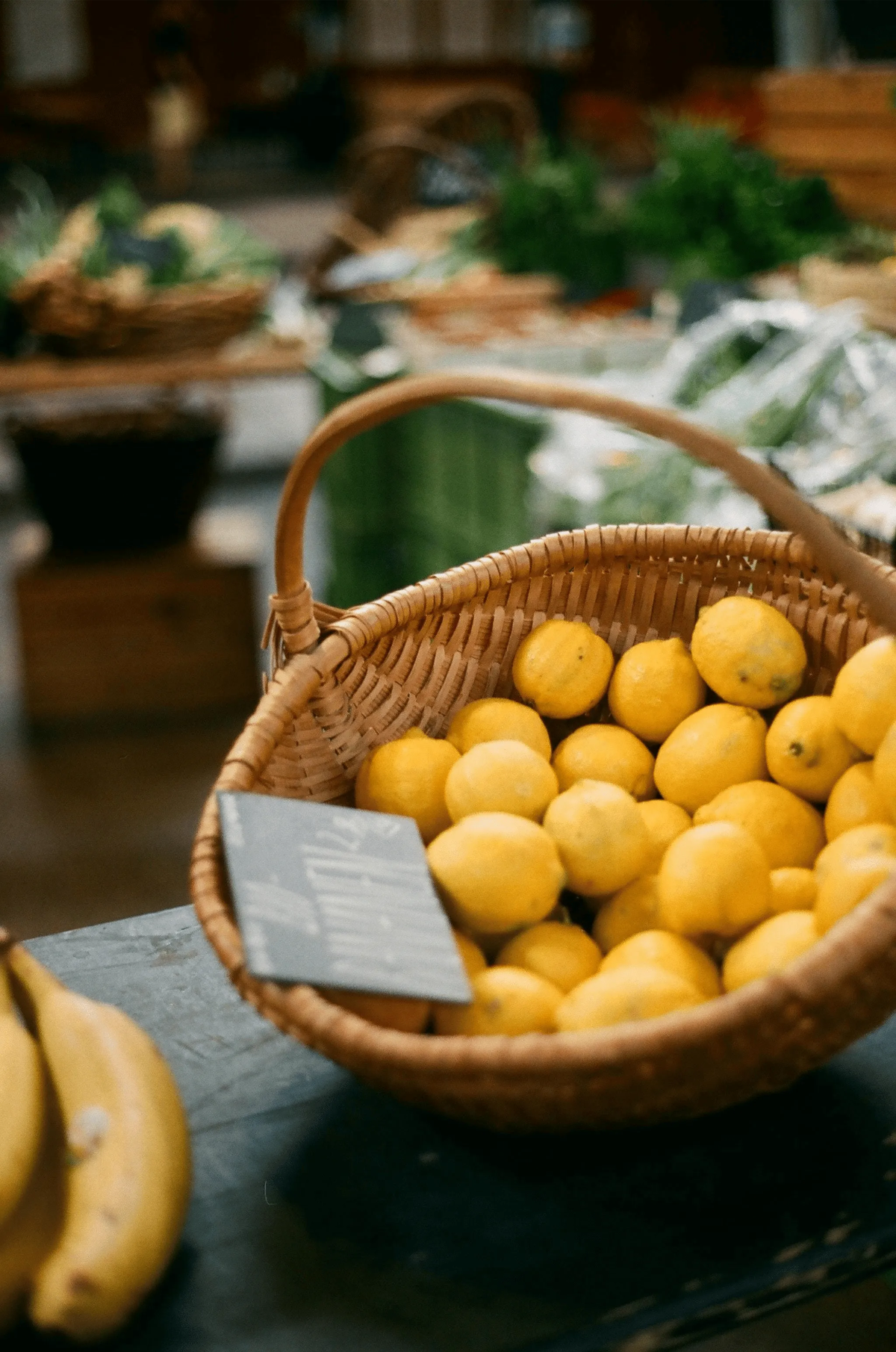What Is Farm to Table? Origins, Principles and Flavor
Last update October 30, 2025
Discover what farm-to-table dining really means, its roots, ethos, and why provenance matters to flavor, community, and the planet
“Farm to table.” The term appears on Michelin-star menus, at weekend markets, and even in school programs. Yet the phrase is more than a passing trend. The farm to table concept has significantly influenced the hospitality industry and consumer choices, encouraging restaurants to prioritize local sourcing, sustainability, and support for local farmers. At its core, farm-to-table dining reconnects eaters with the local food system that sustains them. It asks: Who grew these vegetables? How far did this fruit travel? And what invisible hands touched the dish between farm and fork? This piece pairs with our global reflection on cultural nourishment, a deeper look at how food traditions evolve across time, place, and memory.
Compared with generic food systems that move processed food along long, opaque distribution channels, genuine farm-to-table practices shorten the distance food travels, tighten flavor, and keep wealth circulating among local communities rather than multinational middlemen. As consumer interest in well-being, flavor, and environmental consciousness escalates, shifting consumer preferences toward healthier, sustainable, and locally sourced foods have driven the growth of the farm-to-table movement, with increasing demand for freshness, transparency, and environmental responsibility. So has the movement’s reach, shaping everything from intimate pop-ups to global food-security policy.
Table of Contents
Affiliate Disclosure
Some links in this post are affiliate links. That means we may earn a small commission, at no additional cost to you, if you choose to make a purchase. These are always brands, stays, or experiences we would recommend to a dear friend. Thank you for supporting the quiet sustainability of Terra Selene.
Roots of the Farm to Table Movement: From Counter Culture to Cultural Currency
The farm to table concept gained real momentum in the early 1970s when chef-activist Alice Waters opened Chez Panisse in Berkeley, California, proving that a menu built on seasonal ingredients from local farmers could taste more vivid than any imported luxury. In questioning flavourless, industrial fare, Waters rewrote what a “special meal” looked like and inspired a lineage of farm-to-table restaurants around the world.
Behind the stoves, chefs rebelled against post-war convenience foods; in the fields, growers embraced organic soil science. Government agencies began studying how localized food production could reduce carbon footprints and bolster food security. By the 1990s, the phrase “farm to fork” had entered mainstream media; in the 2000s, farmers’ markets exploded; and by 202,4 analysts described the movement’s exponential growth as “still gaining momentum.”
Crucially, many consumers, roughly 75 percent, according to a USDA survey, now say they will pay more for locally sourced ingredients because they value freshness and transparency.
Four Pillars of Authentic Farm to Table
Provenance & Farmer Relationships
Every plate that truly earns the farm-to-table name begins with a handshake in a dewy field. Chefs walk the rows with local farmers, tasting leaves still warm from first light, planning a menu that will travel only a few kilometers before it meets the flame. This direct dialogue cuts away the anonymous layers of conventional distribution channels and anchors flavor in the soil that raised it. Growers receive a fairer price, restaurants secure fresh produce picked at peak ripeness, and diners feel a deeper connection to the living landscape that feeds them. Provenance here is not a trend but a promise: every varietal, every heirloom fruit, highlighting the essential role of fruits in farm-to-table programs for both nutrition and vibrant flavor, every fistful of herbs can point to the hands that nurtured it. Knowing that food is produced locally adds transparency and strengthens the bond between community and cuisine. Dishes are served directly from local farms, ensuring authenticity and a true farm-to-table experience.
Seasonality & Biodiversity
A genuine farm-to-table restaurant follows the calendar the way a vintner watches the moon. Spring arrives as tender favas; midsummer sings through sun-sweet tomatoes; early frost invites nutty brassicas and earthy roots. Cooking within this rhythm preserves nutrient density and guarantees a kaleidoscope of flavor, but it also shelters biodiversity. Produce picked at peak ripeness ensures the freshest ingredients reach the table. By purchasing what the land naturally yields, chefs encourage farmers to plant diverse crops, protecting regional cultural heritage and strengthening local food security. Seasonality, then, is not limitation; it is the poetry of place, a tasty revolt against processed food and long-distance transportation that dulls both palate and planet, offering diners tasty food made from seasonal, local ingredients that highlight quality and flavor.
This approach to sourcing not only supports biodiversity and food security but also shapes consumption patterns by encouraging safe, sustainable food choices that benefit both consumers and the environment.
Minimal Supply-Chain Distance
When kilometers disappear, taste appears. Shortening the distance food travels means fewer refrigerated trucks, fewer plastic crates, fewer hidden emissions, and a significantly reduced environmental impact from transportation and distribution. It also means a leaf of lettuce can leave the field at dawn and reach the table by dusk, its cellular crunch intact, its vitamin profile unspoiled. Shrinking supply-chain loops keep money moving through the local food system, fuel for seed co-ops, soil labs, and the drivers who ferry harvests from nearby farms to city kitchens. This support for local producers and communities brings important economic benefits, fostering economic development and financial sustainability within the region. What looks like a simple salad of locally sourced ingredients is in fact a quiet manifesto on sustainable practices, written in chlorophyll and carried on a markedly lighter carbon footprint, made possible by the resources, such as educational materials, tools, and support networks, available to farmers and producers participating in local food systems.
Radical Transparency & Community Impact
True farm-to-table practices invite everyone into the story. Menus read like gratitude lists, farm names, fishing boats, orchards, and even the beekeeper who spun the honey drizzled over stone fruit. Kitchen scraps loop back to growers for compost; surplus harvest is channelled into school programs or community fridges; chefs host market pop-ups so diners can meet the producers they support. This openness builds trust not only between guest and restaurant, but across the wider community: urban eaters learn the cadence of rural life, and smallholders gain easier access to markets once reserved for corporate distributors. By accessing markets through farm-to-table initiatives, local producers can reach new and existing consumers, expanding their opportunities beyond traditional channels. Transparency is the connective tissue that turns a good dining experience into a resilient local ecosystem, one that nourishes soil, people, and possibility in equal measure. More consumers are seeking out farm-to-table experiences and supporting local producers, driving demand for transparency and community connection.
Green-Wash Radar: Spotting the Real Deal
Step inside and let your senses roam. The most trustworthy farm-to-table restaurants feel stitched to the seasons the way vineyards cling to hillsides, the air still carries the perfume of just-picked herbs; crates from local farms wait by the pass, swinging with soil and dew. Here, you’ll find dishes served that showcase the freshest local ingredients, from heirloom tomatoes to pasture-raised meats, each plate reflecting what the region has to offer. Read the menu like a field note. Instead of vague phrases such as “market vegetables,” you’ll meet varietals by name, Chioggia beet, Sungold tomato, and Shiso bloom, each one tracing a dotted line back to the grower who tended it. Provenance becomes poetry, not marketing copy.
Converse with the people guiding your meal. Servers grounded in the farm-to-table movement speak about post-harvest handling the way sommeliers speak about oak and terroir: why today’s butter lettuce stayed crisp under dawn mist, how the farmer’s late-summer cover crops nourished next season’s carrots, what sustainable practices shielded the soil from erosion. Their language is intimate, never scripted.
Glance beyond the plate. A dining room committed to local sourcing whispers its intentions without slogans: glass jars of fermented citrus lining the pass, a chalk scrawl announcing the week’s gleaned peaches, a compost pail waiting to cycle trimmings back to the fields. The environment itself is designed with sustainability in mind, featuring reclaimed materials, energy-efficient lighting, and practices that minimize waste and support ecological responsibility. You might even catch the chef trading jokes with a grower who’s dropping off fresh produce, real-time proof that the distance food travels here is measured in shared kilometres, not logistics spreadsheets.
Feel the rhythm of the seasons in the dishes themselves. When snowfall hems the valley, the kitchen leans into winter brassicas, citrus, and long-stored roots rather than chasing greenhouse tomatoes across continents. Spring plates taste of pea shoots and morning rain; high-summer plates hum with sun-swollen squash and fragrant basil. Each ingredient arrives in its rightful moment, translating the local calendar into flavour.
Price tells a quieter story. Truly local food rarely competes with industrial supply chains on cost, yet the value lands elsewhere, in nutrient density, in smaller carbon footprints, in money that stays circling the community, strengthening neighbourhood markets and sustaining regional food security. If an ostensibly farm-to-table menu undercuts grocery-store prices, pause. Transparency and fair labour do not emerge from bargains.
Above all, trust your senses. When provenance is honest, you taste it, vivid, unhurried, alive with the complexity that only seasonal ingredients and short distribution channels can deliver.
Why it Nourishes Differently
Flavor is a fleeting currency. From the moment a melon slips from its vine, volatile oils and vitamin-rich compounds begin to evaporate. When fresh produce is eaten within a day or two of harvest, those compounds remain almost intact, up to fifty percent more vitamin C, sharper aromatics, and a sweetness that lingers on the palate. The same melon, shipped through long-distance transportation, arrives dulled and ghostly.
But the reward is larger than taste. Every kilometre removed from the distance food travels strips weight from a meal’s carbon footprint, sparing diesel fumes and Styrofoam crates. The plate in front of you becomes a quiet act of climate care, proof that sustainable practices can feel as indulgent as they are responsible. Sustainability is a core value of farm-to-table practices, guiding choices that benefit both the environment and the community.
Circulating those ingredients through a local food system keeps wealth moving in tight, life-giving loops: seed suppliers, cover-crop growers, delivery cyclists, soil labs. Pay a farmer fairly for kale harvested at dawn, and that farmer funds healthier soil, supports local school programs, and protects regional food security. Recipes stay rooted in cultural heritage, stories pass from elders to new chefs, and the entire community shares in a richer sense of well-being.
Bringing it Home
Start with a single gesture of curiosity: wander the Saturday farmers market before breakfast, pocket a handful of lemon balm, ask the grower how she coaxes sweetness from late-winter carrots. Sketch a loose “foodshed map,” noting which local farms offer CSA boxes, which orchards let you glean windfallen fruit after harvest. Let those discoveries reshape your pantry: white eggplant simmered in miso broth, purple-hull peas folded into coconut rice, and stone fruit grilled beside sprigs of fresh rosemary.
Keep a living notebook, a house menu, where seasonal pairings gather like pressed flowers: roasted squash under kefir and dill, peaches glinting next to sheep‘s milk feta. When you dine out, choose rooms whose sourcing pages read like love letters to soil and season; with every receipt, you become an investor in short distribution channels, lower emissions, and the resilience of your own community.
In time, the rhythm becomes instinctive. You taste the rain that fell on Tuesday in the lettuce you wash on Thursday. You sense the roots beneath the menu narrative. Your kitchen, once stocked by anonymous freight, turns into a miniature farm-to-fork ecosystem, alive, adaptive, generous.
Closing Reflection
The farm-to-table movement is not nostalgia, nor a marketing flourish; it is a reclamation of intimacy with the land. By shortening the space between farm and table, we invite flavor, ecology, and memory to share a single chair, re-centering food as a relationship rather than a commodity. We honor the labour of local farmers, uplift local communities, and taste dishes that echo the soil that raised them.
If these principles speak to you, carry them forward. Explore the cheat sheet of seasonal eating we’ve prepared for Terra Selene readers. Share a story of the most vivid, locally sourced dish you’ve encountered. Subscribe for monthly dispatches on sustainable sourcing, chef conversations, and the quiet art of eating with intention. May each meal offer a deeper connection to place, to people, to your own well-being. To complement this grounded view, read our exploration of global food traditions, where heritage, ecology, and nourishment meet across cultures.









